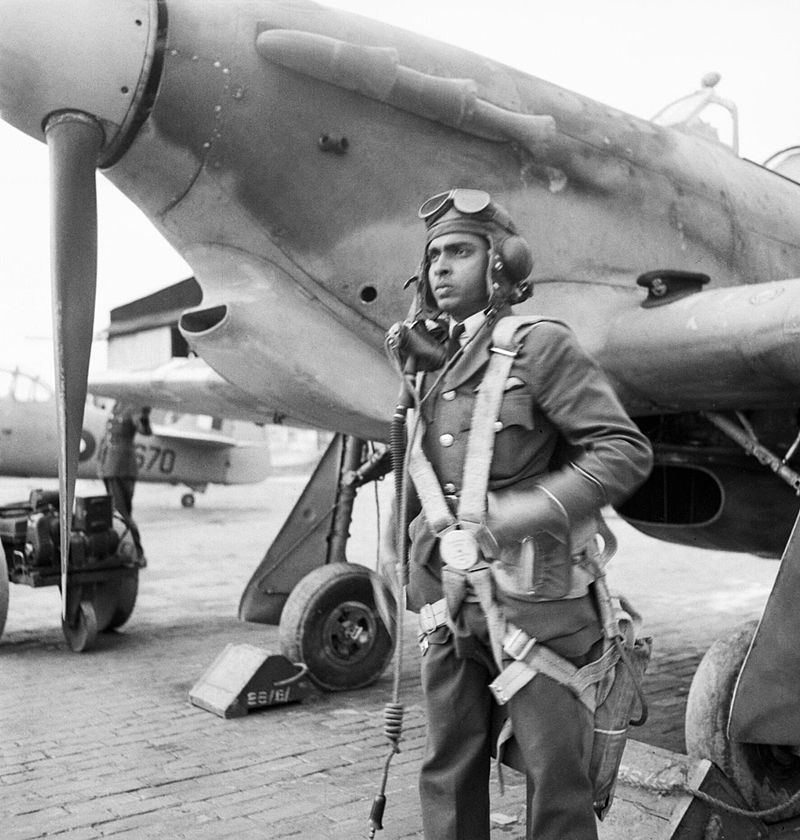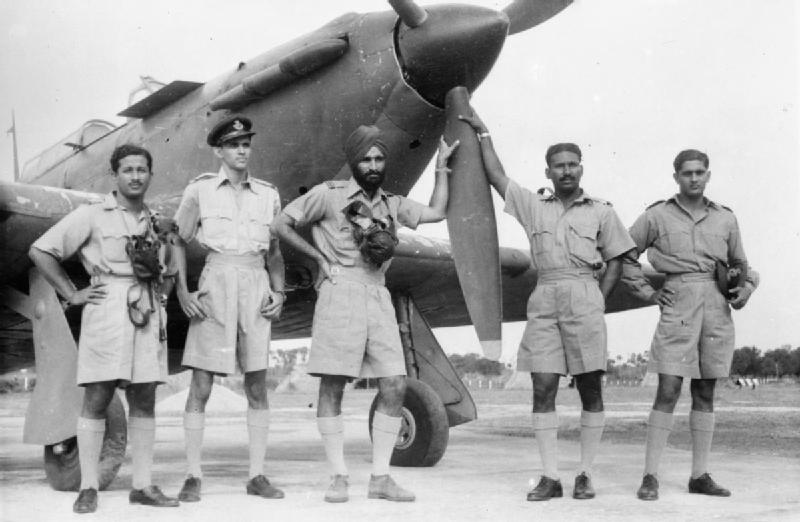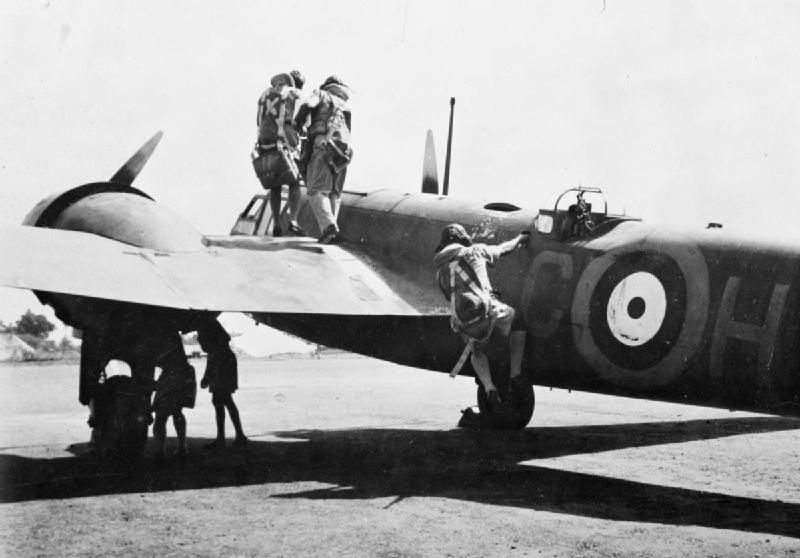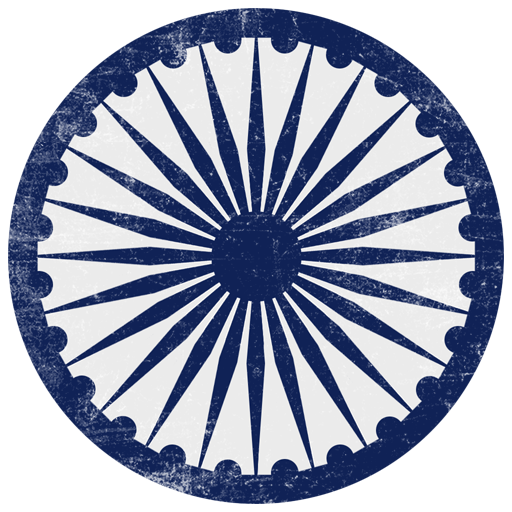
- For PC
- For MAC
- For Linux
- OS: Windows 7 SP1/8/10 (64 bit)
- Processor: Dual-Core 2.2 GHz
- Memory: 4GB
- Video Card: DirectX 10.1 level video card: AMD Radeon 77XX / NVIDIA GeForce GTX 660. The minimum supported resolution for the game is 720p.
- Network: Broadband Internet connection
- Hard Drive: 17 GB
- OS: Windows 10/11 (64 bit)
- Processor: Intel Core i5 or Ryzen 5 3600 and better
- Memory: 16 GB and more
- Video Card: DirectX 11 level video card or higher and drivers: Nvidia GeForce 1060 and higher, Radeon RX 570 and higher
- Network: Broadband Internet connection
- Hard Drive: 95 GB
- OS: Mac OS Big Sur 11.0 or newer
- Processor: Core i5, minimum 2.2GHz (Intel Xeon is not supported)
- Memory: 6 GB
- Video Card: Intel Iris Pro 5200 (Mac), or analog from AMD/Nvidia for Mac. Minimum supported resolution for the game is 720p with Metal support.
- Network: Broadband Internet connection
- Hard Drive: 17 GB
- OS: Mac OS Big Sur 11.0 or newer
- Processor: Core i7 (Intel Xeon is not supported)
- Memory: 8 GB
- Video Card: Radeon Vega II or higher with Metal support.
- Network: Broadband Internet connection
- Hard Drive: 95 GB
- OS: Most modern 64bit Linux distributions
- Processor: Dual-Core 2.4 GHz
- Memory: 4 GB
- Video Card: NVIDIA 660 with latest proprietary drivers (not older than 6 months) / similar AMD with latest proprietary drivers (not older than 6 months; the minimum supported resolution for the game is 720p) with Vulkan support.
- Network: Broadband Internet connection
- Hard Drive: 17 GB
- OS: Ubuntu 20.04 64bit
- Processor: Intel Core i7
- Memory: 16 GB
- Video Card: NVIDIA 1060 with latest proprietary drivers (not older than 6 months) / similar AMD (Radeon RX 570) with latest proprietary drivers (not older than 6 months) with Vulkan support.
- Network: Broadband Internet connection
- Hard Drive: 95 GB

'Spitfire Mk.14e of the Indian Air Force' skin by Thorvald_Gerwulf | download here
The Indian Air Force (Bharatiya Vāyu Senā) is the principal air arm of the Indian armed forces. Its primary responsibility is to secure Indian airspace and to conduct aerial warfare during a conflict. It was officially established on 8th October 1932 as an auxiliary air force of the British Raj after the first batch of Indian recruits completed their pilot training at RAF Cranwell.
 |
| An Indian pilot during training |
Shortly thereafter on 1st April 1933, 6 officers and 9 technicians formed No.1 Squadron of the IAF with 4 Westland Wapiti biplanes at Drigh Road, Karachi. 4 years later, the IAF performed its first combat operations in Waziristan against Bhittani Tribesmen. While the growth of the IAF in terms of aircraft and equipment was painfully slow until the outbreak of hostilities, the number of flights had grown considerably.
By the start of the Second World War, the IAF had 6 Flights in major ports of India, all equipped with an assortment of aircraft including Wapitis and Hawker Harts. In 1941 the aircraft were modernized to a certain extent after Flights were reequipped with Westland Lysanders and Audaxes along with Atlanta transports for increased coastal defense. When Japan entered the war in 1941, No.4 Flight based in Karachi was dispatched to Burma for its defense.
Unfortunately 4 of the 6 aircraft of No.4 flight were lost in late January 1942 in a Japanese air raid. This paved way for the Bristol Blenheim, the first bomber you would see in the British tech tree in War Thunder. Blenheims were used by the No.3 Flight to protect Rangoon Harbour in Burma. As the fight intensified, more Flights and Squadrons were deployed in Burma, now equipped with Lysanders and Hurricane Mk.IIs for tactical reconnaissance. By the end of the war the IAF had 10 squadrons flying Hurricanes and Spitfires.
 |
| Air Force Marshal Arjan Singh (center) with pilots in front of a Hurricane |
With allied and axis forces in other parts flying sophisticated Thunderbolts, Tempests and Mosquitos the lack of a modern air force in the sub continent was painfully obvious. However this did not in anyway affect the experience learned, as the doctrine of supporting the Army and Navy was hardwired into the Indian Air Force for many decades to come. The pilots of IAF performed operations with ruthless efficiency due to which 22 personnel had received the honour of the Distinguished Flying Cross and the Air Force was honoured with the prefix "Royal".
After the war the Royal Indian Air force started to modernize at a considerable pace, with most of its squadrons equipped with Tempest Mk.IIs as fighters and C-47 Dakotas as transports. Shortly thereafter in 1947 India achieved her independence, and whilst the air force was split into two like the rest of the nation, the RIAF still maintained a considerable force and were now equipped with B-24 Liberators as heavy bombers. On 4th November 1948 the RIAF came into the jet age when 3 De Havilland Vampire F.Mk.3s arrived, a precursor to almost 400 Vampires over the following years.
 |
| Indian crewmen boarding a Blenheim in preparation of a patrol flight |
Once India became a republic in January 1950 the Indian Air Force dropped the prefix "Royal" and acquired the emblem which is uses to date. During the 1950s the IAF acquired a variety of aircraft from the Dassault Ouragan(Known as Toofanis in India) and Mystere IVA, to the English Electric Canberra Mk.I and Hawker Hunter F Mk.56. The Ilyushin Il-28 was considered but the deal never materialized. The procurements in the 1950s proved to be the backbone of the IAF when it was thrust into war repeatedly from 1962 to 1971.
Its best purchase during that time was not the Vampires, Venoms, Mysteres or MiGs but a diminutive jet with surprising agility, the Folland Gnat. This aircraft held the place for the tiniest jet fighter for a long time, though there was nothing tiny about its maneuverability. Nicknamed as the "Sabre Slayer" due to its ruthless efficiency against the F-86 Sabres, the Gnats were effectively IAF's sole interceptors during the time, while most other aircraft were involved in providing Close Air Support to the Army against armored thrusts. To date the IAF has participated in 4 wars against Pakistan and one war against China providing support to the Indian Army and Navy.
Author: Rohit “crixy2312” Venkat
In honour of the Indian Air Force and its pilots, we will include
the Indian Air Force decal from 1947 - 1950 with an upcoming update:

Decal created by Jej 'CharlieFoxtrot' Ortiz



